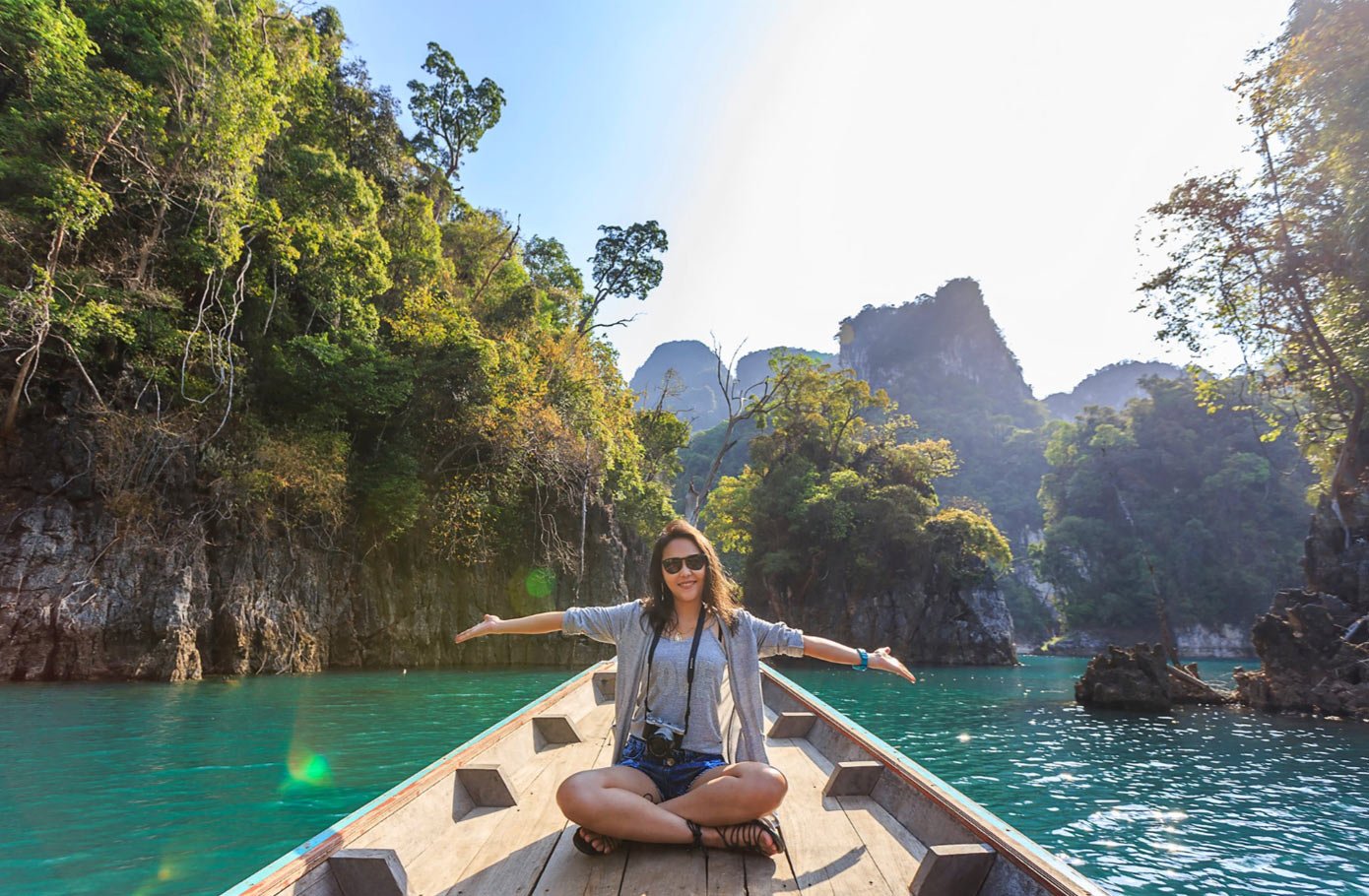Rise of the female traveler.
January 16, 2019

Whether traveling solo or with others, women dominate practically all facets of travel decision making process.
Once upon a time, the term “leisure travel” might’ve conjured up images of families stuffed into station wagons, crammed aboard cruise ships, or baking like lobsters in the sand at all-inclusive resorts. And while family travel is still huge, recent trends show the emergence of an important and influential demographic in the leisure travel space: the independent female traveler.
Globally, nearly two-thirds of all travelers today are women. And considering over 80% of all travel decisions are made by women, it should come as no surprise that this is one savvy demographic.
So what makes these influential travelers tick? Like anyone in our social media fueled world, they seek post-worthy moments to drive their friends back home crazy. And as we discussed in our recent Podcast, they are likely to put the “experience” ahead of the destination itself. But there’s more to the story.
Here are five things leisure travel marketers need to know about this powerful new demographic:
1) More and more are going solo.
This dovetails with global trends that reveal fully two-thirds of all travelers globally are women. Just the term “solo female travel” saw monthly search volume rise 52% in recent years according to Google’s Ad Planner. As early as 2015, TripAdvisor reported that upwards of 74% of them had either taken a solo trip or planned to do so.
Solo travelers simply do things differently than non-solo travelers, so marketers need to understand they’re prioritize and be ready to respond. Such as…
2) They plan ahead.
Solo travel can create anxiety, no matter the gender. For women travelers, this means more and more planning in advance, at least when it comes to the initial parts of a vacation. The priority? Safe transport from the airport and secure accommodations. Any brand that engages with travelers at this stage in the journey would do well to clearly demonstrate how they can meet these needs.
3) Many prefer a women-only experience.
What? A young, independent woman might seek a more relaxing experience than going halfway around the world only to get hassled by endless hordes of strange men? Imagine that!
With the uptick in solo female travelers from China and elsewhere, smart travel brands are being proactive in how to cater to them. Women-only tours and resorts are being marketed with increasing frequency.
One American businesswoman even went so far as to buy an entire island in Finland that she named SuperShe, the official headquarters of the SuperShe Society and billed as a “rejuvenating and safe place where women can reinvent themselves and their desires,” according to founder Kristina Roth.
4) Security matters.
We’ve all read the stories of the horrors some female travelers have put up with while traveling. In response, one airline has decided to take action. India-based carrier Vistara announced recently that it will ensure that women flying solo will not be placed into middle seats.
Hotels are starting to take notice, as well. The historic Ellis hotel in downtown Atlanta, offers a women-only floor accessed by a special keycard. The rooms feature amenities tailored to the needs of female visitors, and cost about $20 a night extra. Not a bad price to pay for pure piece of mind.
5) China is leading the charge.
65% of all bookings on flights between China and the U.S. hail from China. It’s estimated that upwards of 20 million Chinese citizens will visit the U.S. over the next five years. Perhaps more interesting is that they will be led not by older demographic groups, but by young, independent, and increasingly female groups.
Solo female travelers from China are quickly becoming one of the country’s most influential travel demographics. According to the Chinese travel publication Jing Travel, well over half of all solo travel reservations made in China are female.
From China and elsewhere, American travel brands can count on more independent female travelers spending money on our side of the Pacific in the near future. Leisure travel marketers would do well to pay close attention to this influential groups travel habits and needs.



